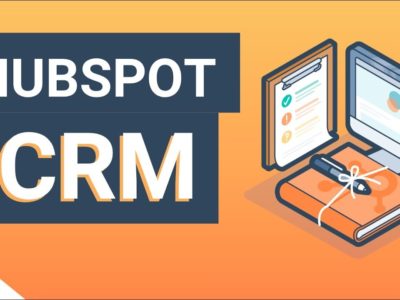
Big Data Will Anchor The Next Revolution In The Mobile Industry

The world is awash in data.
Sign up to get FREE CRM Trial
CIBC, a Canadian bank, predicts that information-generation growth will increase 50 times over the next decade. IDC, a market research firm, similarly forecasts a 44-fold increase in data volumes between 2009 and 2020. Mobile,social,wearables, and The Internet Of Things are playing a large part in driving this explosion in data.
Apple upended the electronics business six years ago with the release of the iPhone. The iPhone ushered in an era when design, both of software and hardware, became the paramount concept in the tech world.
Could data be the paradigm that anchors the next revolution? Many think so.
In a recent report from BI Intelligence on Big Data and Mobile, we define big data, examine mobile’s connection to it, analyze its potential, practical applications, and pitfalls, look at how it’s collected, and answer some of the most frequently asked questions about big data and mobile.
Here’s an overview of the relationship between big data and mobile:
- First, big data needs to be defined: Big data is most commonly defined as data sets that meet three attributes, known as the three “Vs”: volume, variety, and velocity. But there is something more to it.”I like to say there’s a fourth V: value,” says Kipp Jones, vice president of product at Skyhook.In order for data to be meaningful at all, it needs to be captured and stored efficiently. Then someone has to manage the data, analyze it, and extract value from it. Data, big or not, doesn’t add up to anything worthwhile if it doesn’t have value to someone.
- Mobile is particularly well-suited to a big data lens: Mobile big data isn’t only a function of smartphone penetration and consumer usage patterns. The data is also created by apps or other services working in the background.Technically speaking, its not that different from data created using the traditional Web. The difference is that consumers are just producing more of it as we shift our behavior to digital channels, leaving a trail of data documenting our movements and actions. Even when we are ostensibly not using our phones, we are still creating reams of data.
- This data can be used to optimize and personalize mobile experiences: Mobile big data can be used for a dizzying variety of purposes, but it is often used for the optimization and personalization of mobile services. App developers, for example, might use Flurry’s analytics to improve their apps. Retention is a key metric for developers. Developers can compare their user retention numbers with all other apps and apps within their own categories, to gain insight into how they stack up, and what they might have to change to improve their numbers.
- Or to help drive an explosion in mobile advertising:Location data is an essential component of mobile big data – perhaps the primary data type that differentiates mobile from Web-based big data. Location data is expected to help transform the mobile advertising industry. The ability to deliver real-time hyper-local, targeted advertising represents a potentially momentous evolution of the ad market.
- Defines what big data data is
- Examines mobile’s connection to big data
- Analyzes big data potential, practical applications, and pitfalls on mobile devices
- Looks at how big data is collected
- Answers some of the most frequently asked questions about big data and mobile
To access BI Intelligence’s full reports on Big Data And Mobile, sign up for a free trial subscription here.


